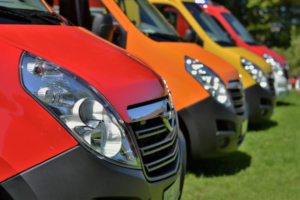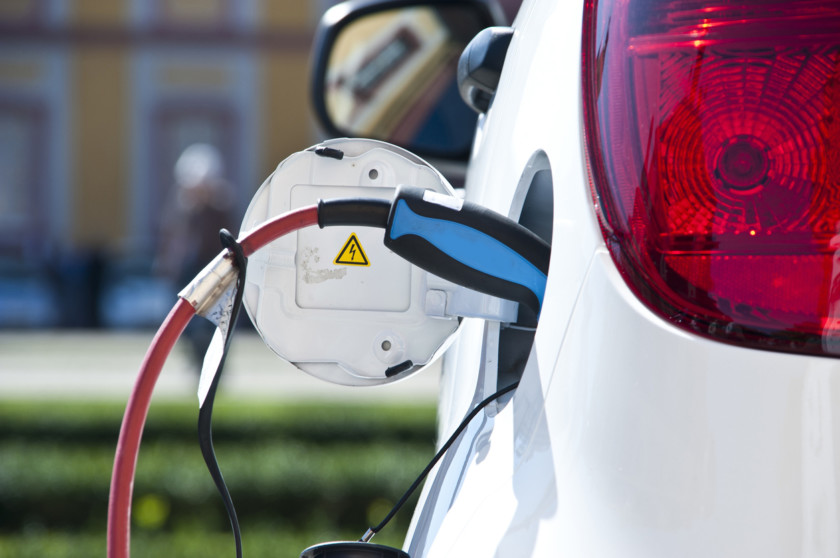General Motors has announced its plan to work toward an all electric, zero-emissions future. This plan starts with two new electric models within the year and at least 18 more by 2023.

According to Wired, if successful, this move will put GM at the head of the electric car race.
That product onslaught puts the company at the forefront of an increasingly large crowd of automakers proclaiming the age of electricity and promising to move away from gasoline- and diesel-powered vehicles. In recent months, Volvo, Aston Martin, and Jaguar Land Rover have announced similar moves. GM’s declaration, though, is particularly noteworthy because it’s among the very largest automakers on the planet. It sold 10 million cars last year, ranging from pickups to SUVs to urban runabouts.
GM has not said when it will end gas powered cars for good, but instead said it will vary depending on the make or car type. This decision marks a change in direction for GM, which has been historically very pro-gas.
General Motors’ history hasn’t been especially kind to electric mobility. Its invention of the automatic starter helped kill the first wave of electric cars at the start of the 20th century. This is the company that experimented with battery power in the EV-1, only to recall the two-seater from its owners, crush them all, and pile the carcasses up in a junkyard. In the first years of the 21st century, while Toyota was making hybrids popular with the Prius, GM was hawking the Hummer.
Over the past decade, the Detroit giant has positioned itself for a different sort of future. First came the hybrid electric Chevy Volt. Then came GM’s great coup, the Chevy Bolt, the 200-mile, $30,000 electric car that hit market long before Tesla’s Model 3. GM is seriously pursuing semi-autonomous and fully driverless cars. It offers the first car on US roads with vehicle-to-vehicle communication capability. Now, it talks about its plans to eliminate vehicle pollution, congestion, and traffic deaths.
“GM has the ability to get all of us to that future so much faster,” Reuss says. Now it just has to deliver—and make enough money doing it to stick around for that future.”


